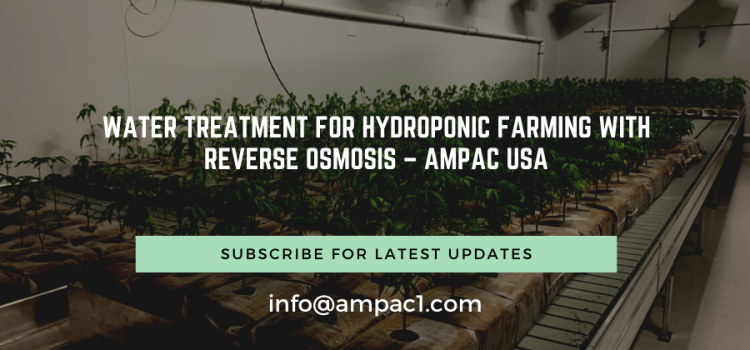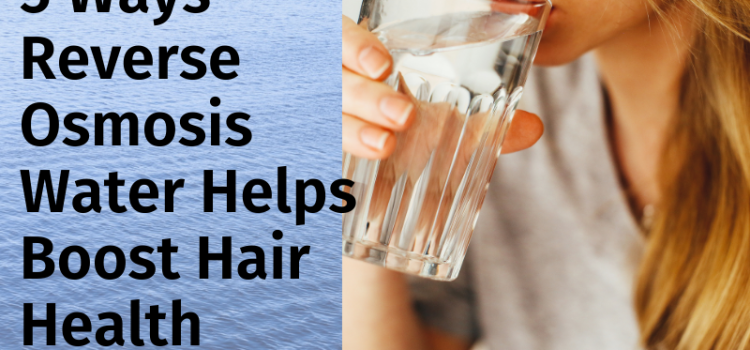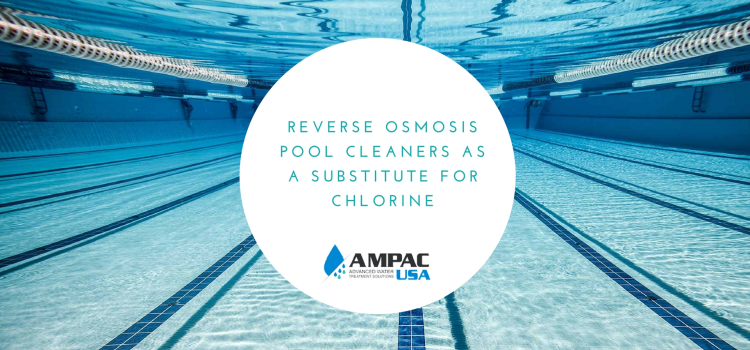Last updated on March 31st, 2025 at 12:06 pm
J Water Health (2018) 16 (5): 827-838.
Abstract
West Virginia has had a history of water quality issues. In parallel, the world is facing a plastic pollution crisis. In order to better understand behavioral responses to perceived water quality, a survey was conducted at a major research university to ask participants about water quality perceptions and drinking water behaviors. A total of 4,188 students completed the survey during the Spring 2017 semester. Logistic regression analyses were used to predict behaviors. Results indicated that a third of the student population primarily used bottled water for drinking purposes at home, while 39% used a filter at home and 26% drank water directly from the tap. On campus, bottled water use was reported by 36% of the students, water fountain use represented 31%, and 29% of the students brought their own water with reusable cups/bottles. Health risk perceptions, organoleptic perceptions (i.e., taste, odor, color), and environmental concern were predictors of the different behaviors. Students originally from West Virginia had a higher propensity of using bottled water. We argue that bottled water consumption should be reduced in areas where water quality is not an issue. In this sense, there is a need for education among the student population in West Virginia.
The post Drinking water in West Virginia (USA): tap water or bottled water – what is the right choice for college students? appeared first on Facts About Water.
Source: Water Feed








